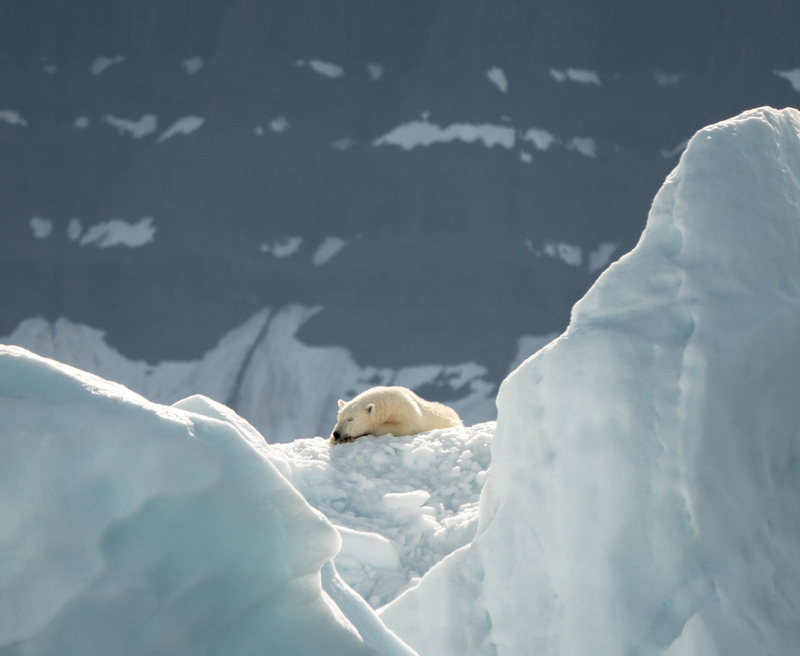The environment and climate in the Nordic Region

Emissions
Considerable progress has been made in terms of reducing greenhouse gas emissions, but there is still a long way to go towards a CO2-neutral Nordic Region. The Nordic countries differ in terms of their progress towards achieving the reduction targets. Currently, Denmark has reduced greenhouse gas emissions more than the other Nordic countries.
Greenhouse gas emissions
Energy
The Nordic countries are basing more and more of their energy consumption on renewable energy, such as hydropower, wind and biomass. The Nordic countries are global leaders in renewable energy.
Renewable energy as a proportion of energy consumption
Biodiversity
The natural world is rapidly deteriorating – and the Nordic Region is no exception. The index for birdlife on farming land is an important biodiversity indicator but is moving in the wrong direction. However, one small bright spot is that the latest data shows a slight increase in Nordic bird populations.
Birdlife on farming land
More facts about the Nordic environment and energy
The Nordic Statistics database for the environment and energy contains data for biodiversity, ecolabel licences, emissions, energy consumption, fertilisers, pesticides, waste, green audits and taxes.
State of the Nordic Region contains analyses, data and statistics on the environment and climate in the Nordic countries presented from a regional angle.
Nordic Energy Research (NEF) has a growing collection of energy indicators (The Nordic Way) for the five Nordic countries.